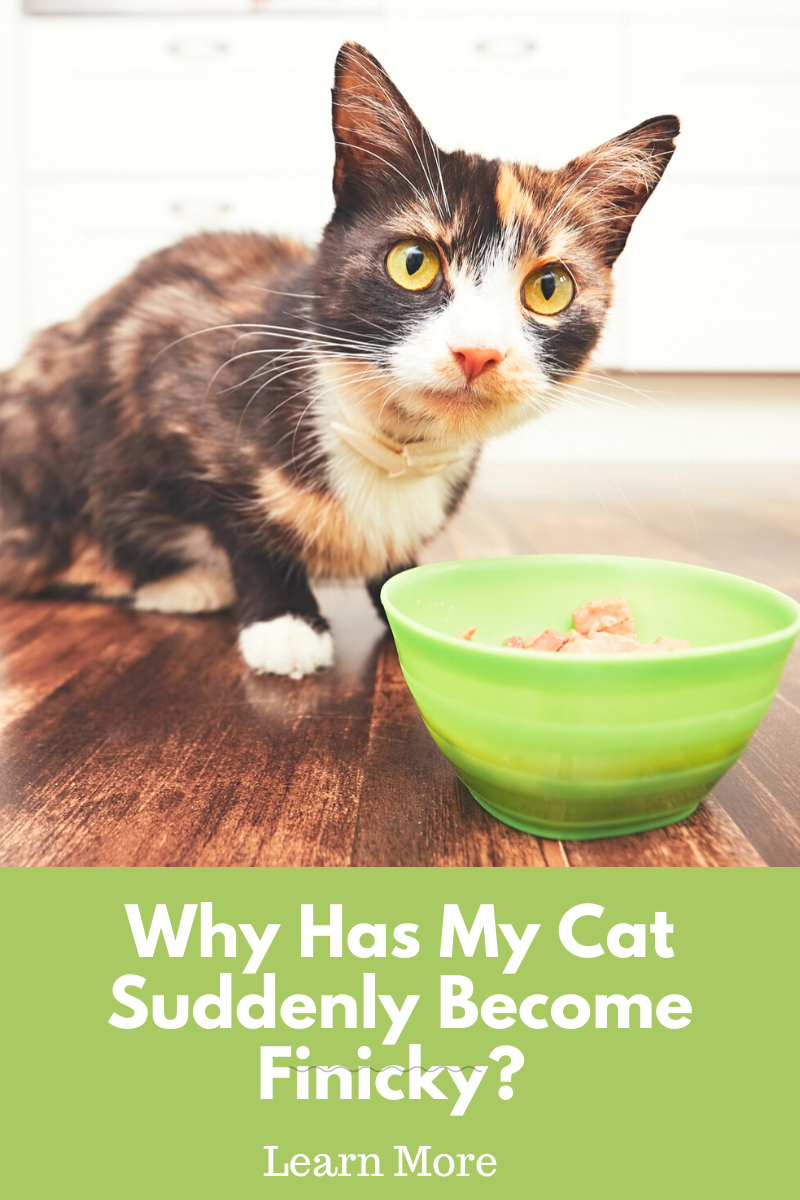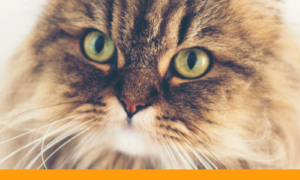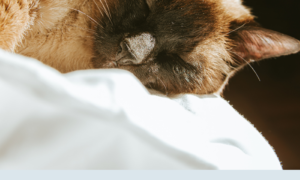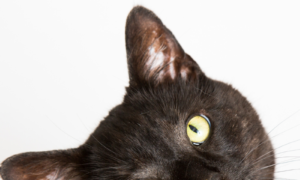Cat owners become confused by cat behavior because they don’t understand what their cat is trying to tell them. One example is the cat’s reputation for being finicky about food. In reality, cat food preferences may be one reason why cats suddenly stop eating food they loved in the past. Here are a few things to consider:
Disclosure: This post contains affiliate links. We receive a small commission on goods purchased via these links, at no additional cost to you.
Freshness
Humans don’t like food that isn’t fresh, and our feline friends don’t either. If your cat eats kibble, the food might grow stale and not be as crunchy. Also, if kept too long, dry food can go rancid, especially if it’s stored in a location that’s too hot. Look for an airtight container like this
For canned food, if left out too long (an hour or more), it will dry out and won’t smell very appetizing to your cat. Cats have a highly developed sense of smell, so if the food doesn’t smell good, a cat will usually walk away from it. Store unused portion in the refrigerator with a lid like this
Consistency/Shape of Kibble
Cats often have a preference in the consistency of their food. If your cat usually eats pate style canned food, but you’ve recently introduced flaked food and he’s not eating it, he’s letting you know he prefers the pate. My cat Marty prefers pate. He’ll eat the shredded texture food, but it’s definitely not his favorite.
It’s not just consistency. For cats eating dry food, some are very particular about the shape of the food and the size of individual pieces. If your cat is used to triangular kibbles but the new food is round, he may not embrace the new shape.
Food Temperature
Does your cat gobble his food when you open a fresh can, but turns his nose up at the next serving from the same can? Cats prefer their food at room temperature. When feeding canned food that’s been refrigerated, heat in the microwave for 10-15 seconds before serving.
New Ingredients
Cats often have a flavor preference, your cat may love turkey or beef, but walk away from salmon. Even though the food you buy may be from the same company, the taste will be different and may not be to your cat’s liking. Change protein sources periodically to prevent your cat from developing food allergies to specific proteins, but buy small amounts of new flavors to determine his preferences.
Sometimes, pet food companies change the recipe of a particular variety which often leads to cats not eating a food they readily ate in the past.
Feeding Location
Have you recently relocated your cat’s feeding area? Most cats prefer to eat in quiet corners of rooms rather than in the middle of the house with a lot of noise and activity. Try moving your cat’s feeding dish to a quieter area to see if he will start eating again.
Boredom
As mentioned above, it’s a good idea to change your cat’s food periodically. Sometimes, when they’ve been eating the same food for a few months, they become bored. Imagine eating the same meal every day for months at a time?
Illness
If none of the changes mentioned above apply to your cat, but you notice a loss of appetite continuing more than 24 hours, your cat may be ill. Monitor him carefully, and if he is not eating for more than 24 hours, take him to the vet immediately.






